Transportation Officials Release Recommendations to Improve Cyclist Safety on U.S. Roadways

For the first time in more than 40 years, federal transportation officials are proposing a series of bicycle safety measures that are designed to reduce the number of deaths on U.S. roadways, including improved road designs, more bike lanes, mandatory helmet laws and other recommendations.
The National Transportation Safety Board (NTSB) issued a bicyclist safety report this week, promoting critical changes to infrastructure and state laws that are needed to address the recent rise in bicycle accidents involving motor vehicles.
Although the most recent motor vehicle crash data released by the federal government found that overall fatalities on U.S. roadways have decreased by nearly 2.5% over the last two years, the number of severe injuries and deaths among bicyclists have increased by more than 6%, highlighting the need for improved cyclist safety measures.
Do You Know about…
SPORTS BETTING ADDICTION LAWSUITS FOR YOUNG ADULTS
Gambling addiction and severe financial losses have been linked to popular sports betting platforms like DraftKings, FanDuel, and Caesars. Lawsuits are being filed by young adults and students who were targeted by deceptive promotions, addictive app features, and aggressive marketing tactics. See if you qualify for a sports betting addiction lawsuit.


Do You Know About…
SPORTS BETTING ADDICTION LAWSUITS FOR YOUNG ADULTS
Gambling addiction and severe financial losses have been linked to popular sports betting platforms like DraftKings, FanDuel, and Caesars. Lawsuits are being filed by young adults and students who were targeted by deceptive promotions, addictive app features, and aggressive marketing tactics. See if you qualify for a sports betting addiction lawsuit.
Investigators from the NTSB reviewed collision data involving bicyclists and found that collisions resulting in a cyclist death most often involved situations where a motor vehicle was attempting to overtake a bicycle on stretches of roadway between intersections, accounting for about 25% of all fatalities. In these scenarios, motor vehicles and cyclists were forced to share travel lanes in close proximity, often resulting in underride collisions at high speeds.
The NTSB recommended a number of improvements to roadway infrastructure, such as dedicated bicycle lanes that would isolate and protect cyclists from passing motor vehicles. Investigators also indicated that dedicated bicycle lanes would make cyclist more visible, and create space between them on roadways.
Investigators are also encouraging steps that would make bicyclists more noticeable for drivers, through both increased visibility and technology. Methods of incorporating adaptive headlights or limiting speeds on roadways where motor vehicles and cyclists are forced to share undivided lanes of travel were recommended.
Intersection collisions accounted for more than 65% of all bicycle and motor vehicle accident reports, leading investigators to recommend that cities and jurisdictions with high cyclist traffic improve intersections designs to denote right-of-way using color, signage, medians, signals and pavement markings, which would likely reduce the number of intersection accidents.
Although the recommendations primarily focused on ways to prevent cyclists from colliding with motor vehicles altogether, investigators also recommended that states adopt mandatory bicycle helmet laws, indicating that the use of a helmet is the single most effective way for riders to reduce their chances of suffering a serious head injury.
Previous research has shown less than half of bicyclists wear helmets and that head injuries are the leading cause of bicyclist deaths, according to the NTSB. The department is recommending that all 50 states, the District of Columbia and Puerto Rico, require that all persons wear a helmet while riding a bicycle.
Researchers say the use of helmets when bicycling is essential for preventing serious and traumatic brain injuries, and data has shown that helmets save thousands of lives annually. They can also increase the quality of life for survivors of traumatic crashes, who could have been killed or suffered long-term effects if they had not worn a helmet.
In prior studies, researchers have found that riders have almost a 60% better chance of surviving a traumatic brain injury during a bike accident when compared to those not wearing helmets, according to a 2015 study performed at the University of Arizona. The researchers looked at data from the 2012 National Trauma Data Bank (NTDB) of the American College of Surgeons, reviewing records of 6,267 patients who suffered a bike accident brain injury and found that the riders wearing helmets were 58% less likely to suffer a severe traumatic brain injury, and 59% more likely to survive the injury.


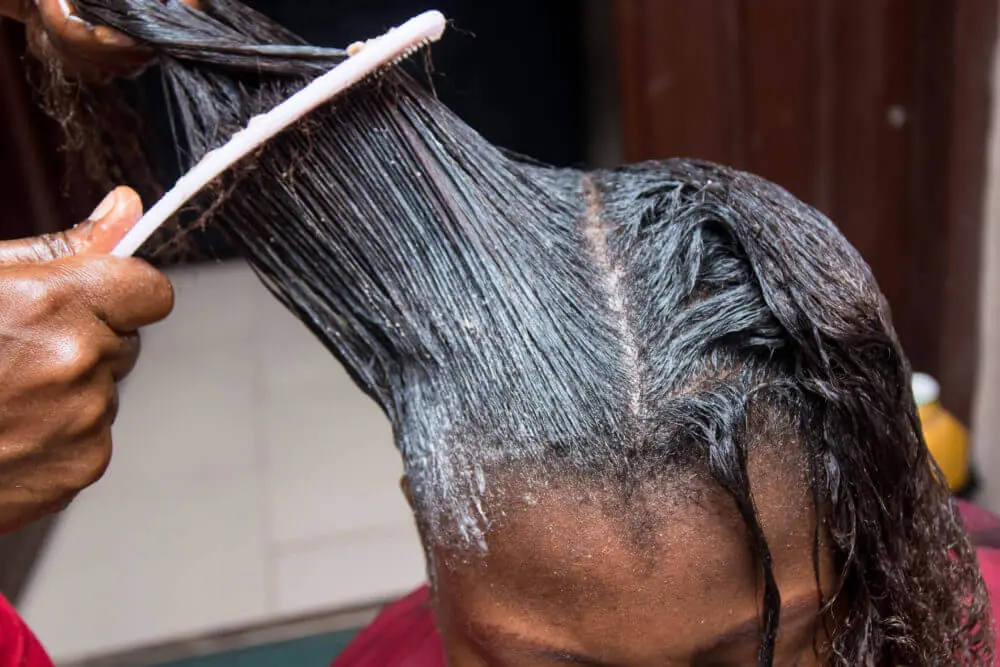

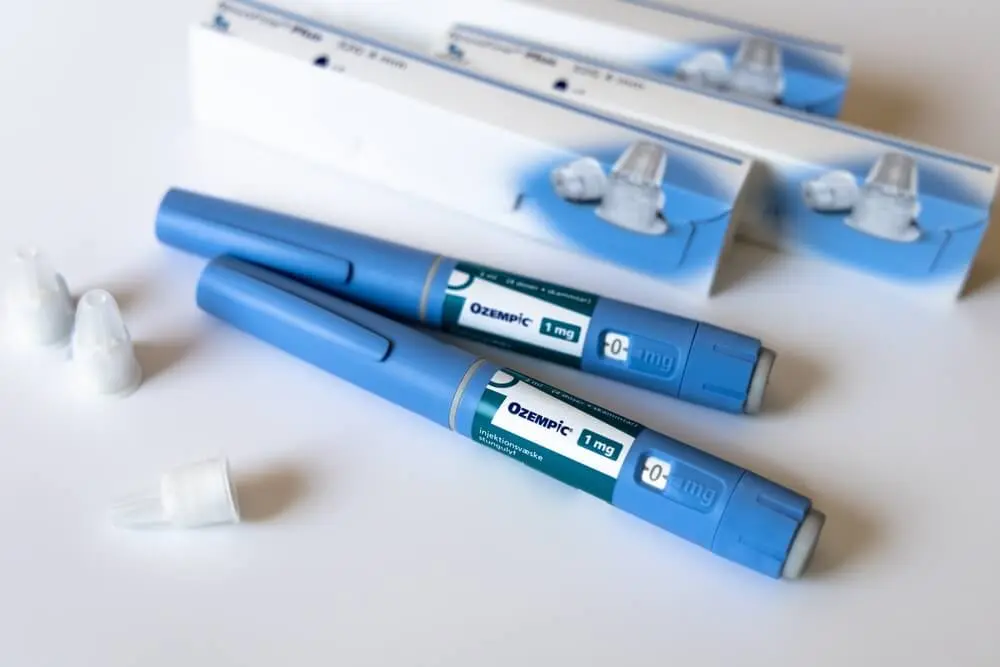
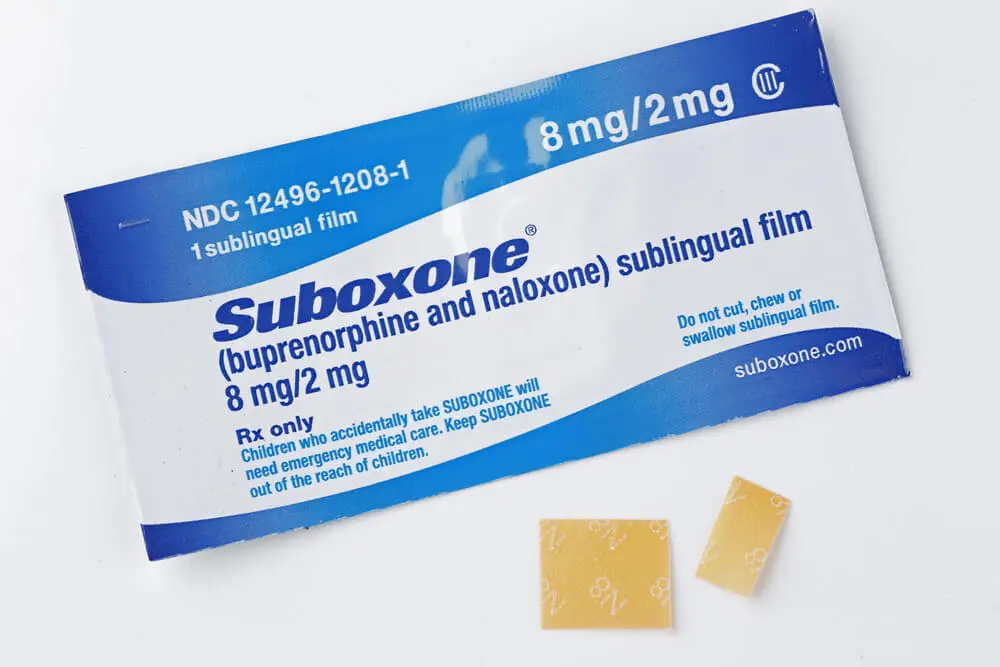

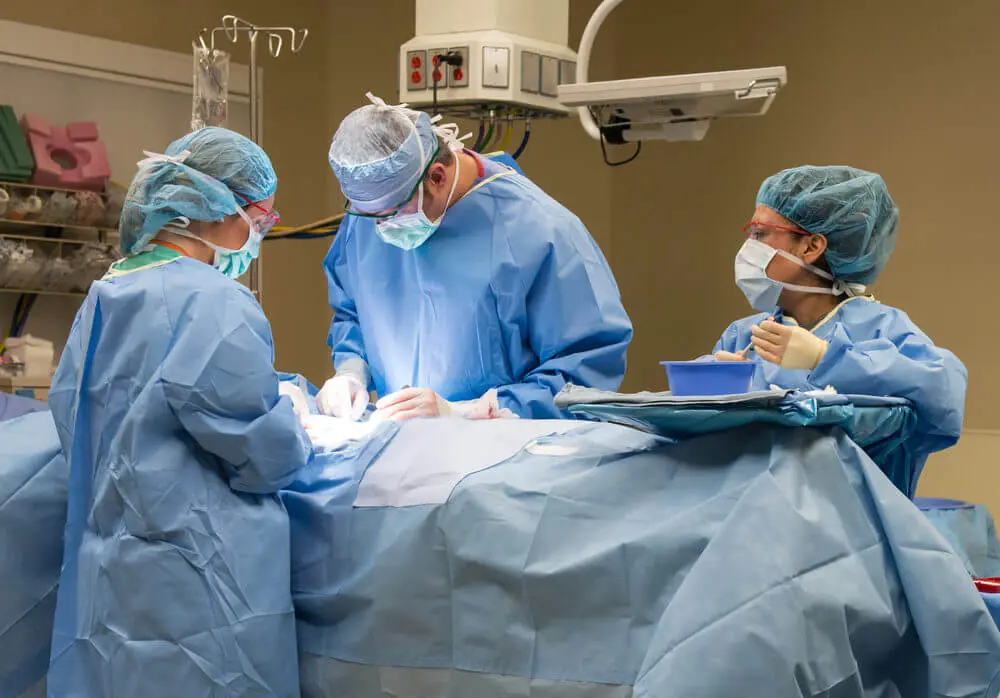
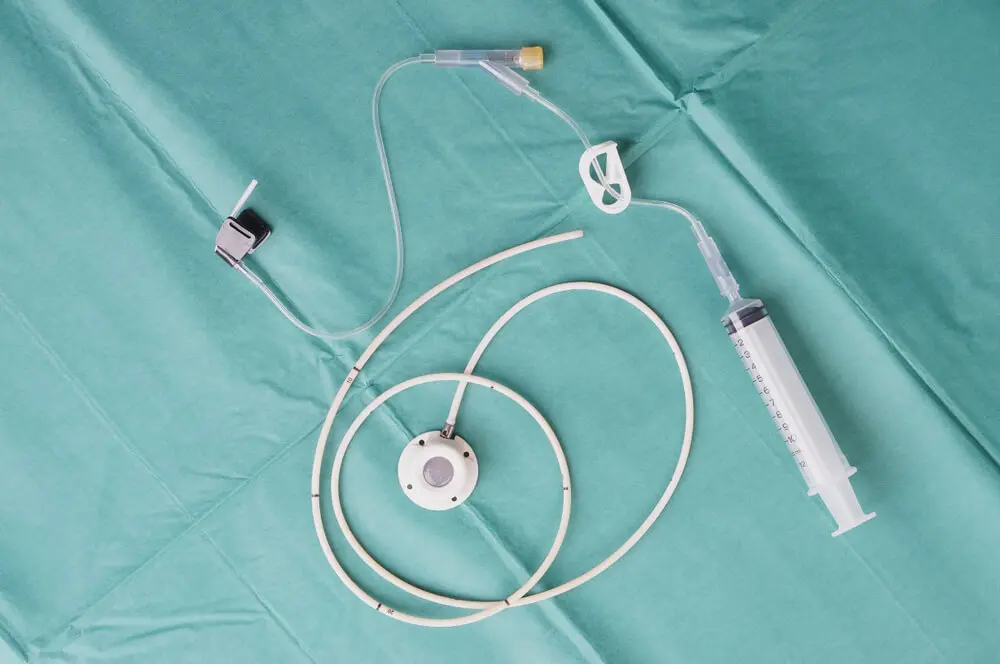








0 Comments